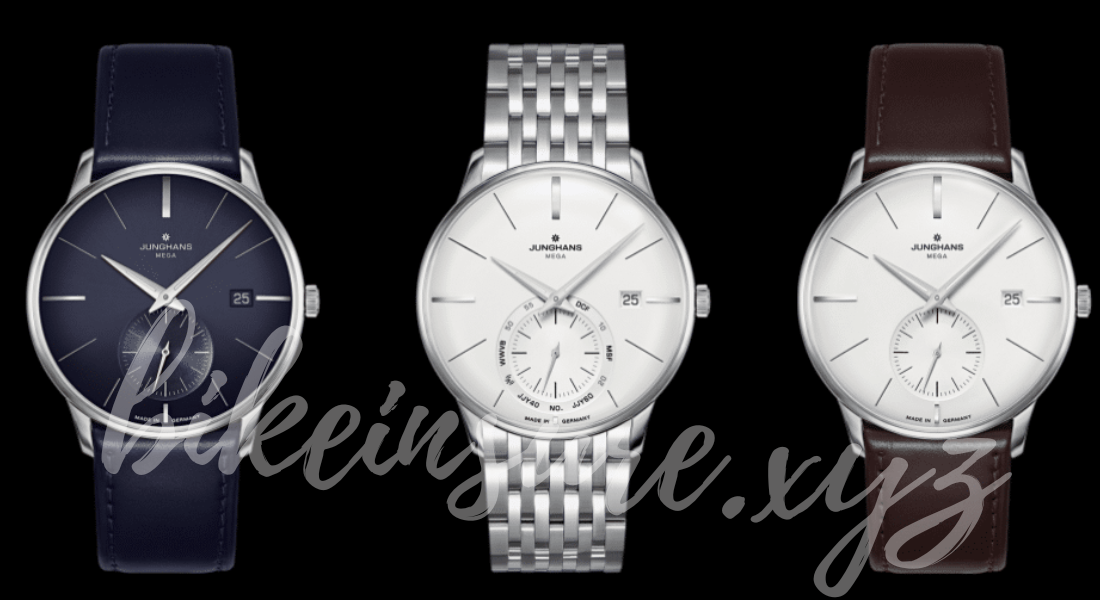
In the ever-evolving world of horology, where precision meets artistry, the introduction of advanced watch movement technology marks a pivotal moment in the industry. This revolutionary approach not only enhances the functionality of watches but also redefines what consumers expect from their timepieces. Gone are the days when watches were merely tools for timekeeping; they have transformed into sophisticated devices that integrate seamlessly with our modern lifestyles. As we delve into these cutting-edge innovations, we will explore their features, benefits, and the impact they have on both watchmakers and enthusiasts alike.
These advancements are characterized by their ability to combine traditional craftsmanship with modern engineering. The use of high-quality materials and innovative designs ensures that watches are not only durable but also aesthetically pleasing. Furthermore, the incorporation of smart technology has opened new avenues for customization and personalization, allowing users to tailor their timepieces to their specific needs and preferences. With functions such as health tracking, notifications, and connectivity to smartphones, today’s watches serve as multifunctional devices that enhance daily life.
Understanding Advanced Watch Movement Design
At its core, this new wave of watch movement technology represents a significant leap forward in design and engineering. Traditional watch movements, whether mechanical or quartz, have their limitations. Mechanical movements, celebrated for their craftsmanship, often struggle with accuracy and require regular maintenance. Conversely, quartz movements, while precise, lack the intricate beauty that many watch aficionados appreciate.
This innovative technology merges the best of both worlds, combining quartz precision with the artistry of mechanical movements. Utilizing advanced materials, innovative designs, and smart engineering, these modern movements not only keep time with unparalleled accuracy but also offer features that enhance the overall user experience.
Key Features of Advanced Watch Movement Technology
- Enhanced Accuracy: One of the standout aspects of this new technology is its superior accuracy. Utilizing state-of-the-art sensors and algorithms, watches equipped with these advancements can achieve levels of precision that exceed traditional quartz movements. This reliability is crucial for users who depend on accurate timekeeping in their daily lives.
- Durability and Longevity: The materials employed in these modern watch movements are designed to withstand the rigors of everyday wear. From robust cases to resilient internals, these timepieces are built to last. This durability not only enhances the watch’s lifespan but also ensures it remains a reliable companion for years to come.
- Innovative Functions: Beyond mere timekeeping, this technology introduces a host of innovative functions. From advanced chronographs to smart features like Bluetooth connectivity, these watches are designed to keep pace with the demands of modern life. This capability allows users to track fitness, receive notifications, and even customize settings directly from their wrists.
- Eco-Friendly Energy Solutions: In an era where sustainability is paramount, modern watch movements embrace eco-friendly solutions. Many of these designs utilize solar power or kinetic energy to reduce reliance on traditional batteries. This not only extends the watch’s lifespan but also contributes to a more sustainable future.
- User-Friendly Interfaces: Many of these advanced watches include user-friendly interfaces that enhance the overall experience. Touchscreens, intuitive controls, and easy-to-read displays make these timepieces accessible to a wider audience, bridging the gap between luxury items and everyday wearables.
The Benefits of Advanced Watch Movement Technology
A. For Watchmakers
For manufacturers, adopting these innovative movements presents a myriad of advantages:
- Innovation and Competitive Edge: Embracing this technology allows brands to stand out in a saturated market. The ability to offer advanced features and superior accuracy helps attract both new customers and loyal enthusiasts.
- Cost-Effectiveness: While initial investments in this technology may be high, the long-term benefits include reduced maintenance costs and increased customer satisfaction. Watches that require less servicing lead to lower operational costs for manufacturers.
- Expanding Market Reach: With features appealing to both traditional watch lovers and tech-savvy consumers, brands can broaden their customer base. The appeal of these movements attracts a diverse audience, from luxury collectors to everyday users looking for reliable timepieces.

B. For Consumers
Consumers stand to benefit significantly from the advancements brought about by this innovative watch movement technology:
- Superior Timekeeping: With enhanced accuracy, users can trust their timepieces to provide precise readings. This reliability is especially crucial for those who value punctuality in their daily routines.
- Increased Functionality: The innovative features of these watches cater to a modern lifestyle, providing functions that enhance convenience and productivity. From fitness tracking to notifications, users can stay connected without needing to reach for their smartphones.
- Long-Term Investment: Investing in a watch with these advanced movements is not just about aesthetics; it’s about acquiring a long-lasting, reliable piece that withstands the test of time. The combination of durability and advanced technology ensures these watches remain functional for years.
The Future of Horology with Advanced Watch Movement Technology
As we look toward the future, this new technology is poised to revolutionize the horology industry. With advancements in materials science, miniaturization, and energy efficiency, we can expect even more innovations to emerge. Here are some trends that may shape the future of watchmaking:
- Smart Integration: The rise of smart technology in watches will continue to influence design and functionality. Modern movements are likely to integrate even more seamlessly with smartphones and other devices, enhancing the overall user experience. Features such as GPS tracking, health monitoring, and customizable interfaces will become standard.
- Customization and Personalization: Consumers increasingly seek unique products that reflect their personalities. Future iterations of this technology will likely offer greater customization options, allowing users to personalize their watches with different styles, functions, and materials. This trend will cater to individual preferences while maintaining core benefits of accuracy and durability.
- Sustainability Focus: With growing concerns over environmental issues, sustainability will play a crucial role in the development of new watch movements. Brands will likely continue to innovate with eco-friendly materials and energy-efficient designs, appealing to environmentally conscious consumers. The integration of renewable energy sources will become more prevalent in future watch designs.
- Enhanced Data Analytics: As watches become more connected, the ability to collect and analyze data will grow. Advanced movements may incorporate analytics to provide users with insights into their habits, health, and performance. This data-driven approach can empower users to make informed decisions about their lifestyle choices.
- Collaboration with Tech Giants: The collaboration between traditional watchmakers and tech companies will likely become more common. Such partnerships can lead to groundbreaking features and functionalities, combining the craftsmanship of horology with technological innovation. This synergy can elevate the status of watches as not just timepieces, but essential gadgets for modern life.
Conclusion
In conclusion, this new wave of watch movement technology is not just a passing trend; it represents the future of horology. By blending precision, durability, and innovative features, this advancement has the potential to redefine what consumers expect from their watches. For watchmakers, embracing these innovations opens new avenues for growth and competition. As we move forward, we can anticipate a landscape where these technologies continue to shape our perception of timekeeping, merging tradition with innovation to create a new era of watchmaking. The fusion of artistry and technology will undoubtedly lead to timepieces that are both functional and resonant with the modern consumer’s lifestyle. Embrace the future of timekeeping—where every second counts, and every watch tells a story.
Leave a Reply